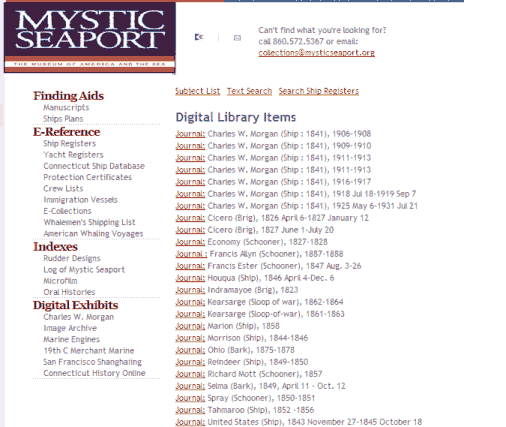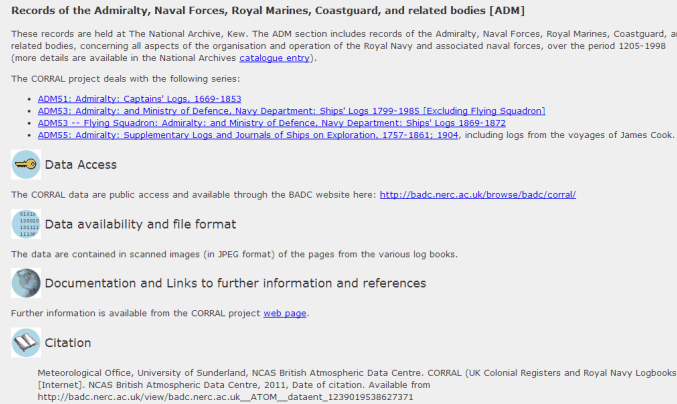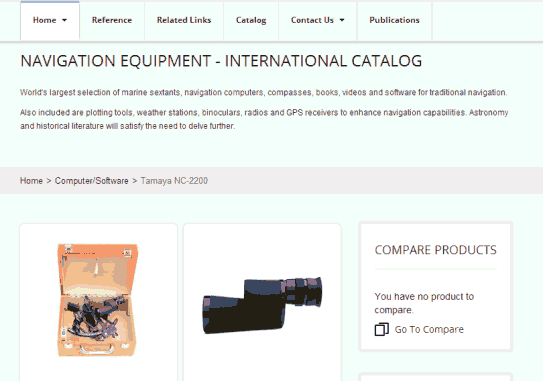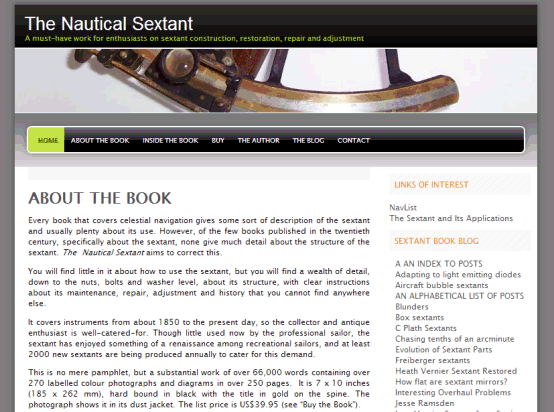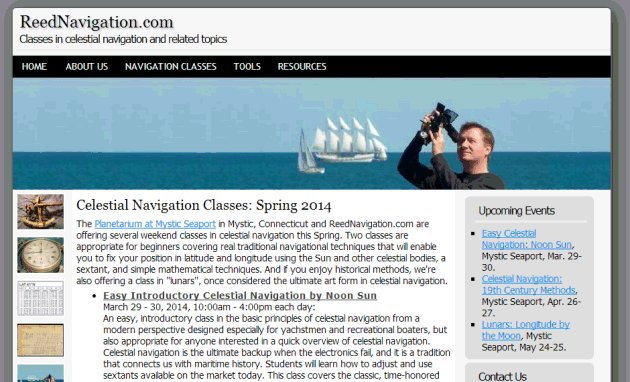
NavList:
A Community Devoted to the Preservation and Practice of Celestial Navigation and Other Methods of Traditional Wayfinding
From: Norman Baatz
Date: 2025 Apr 13, 13:05 -0700
I have started using Frank's "GPS Anti Spoof" app and Python code from 'alinnman' on Github (at https://github.com/alinnman/celestial-navigation) to track and visualize sightings along with expected altitudes to see what correction I seem to have to apply at what measured angle. (For example, it would look that for recent sightings in a certain range my sextant reads 10' too high.) The Python code allows for a linear correction, which might be adequate, I will see. Greg (see links below) has measured the correction at 10 degree intervals and pasted a (non-linear) table to his sextant, I will see if that is even better. My goal is to see how much easy corrections I can apply to my sightings and get better but also consistent results. (For me it is the Mark III until possibly a metal sextant someday.)
Has anybody tried this approach yet? What do you think? I am just trying to improve what I can get from the Mark III with simple means. (I have seen other approaches in earlier messages or in books, e. g. using documented angles between pairs of stars --- nope for the Mark III, using a metal reference sextant --- don't have one yet, ...).
Norman
Related posts:
NavList: Re: Perpendicularity Error and the Davis Mk 3 Sextant (140635) (Frank Reed)
Davis MK 3 Improved (Greg Rudzinski)
Perpendicularity Error and the Davis Mk 3 Sextant (Greg Rudzinski)

